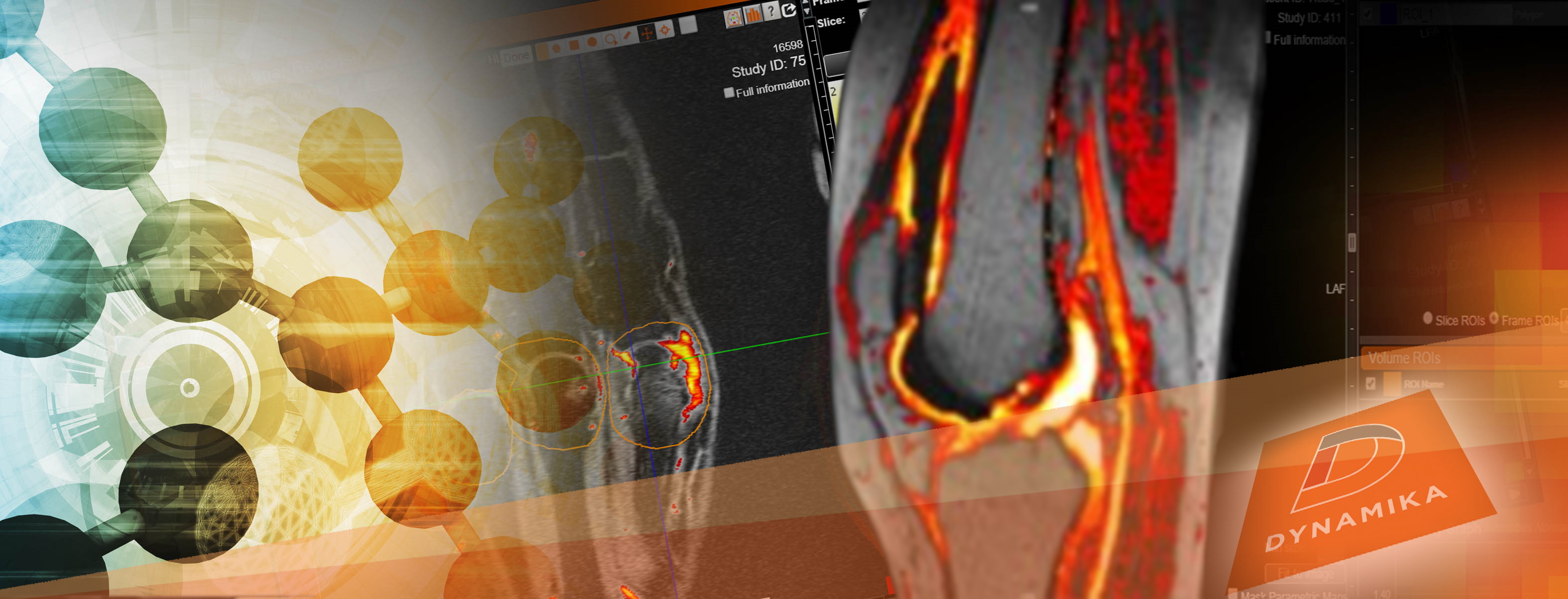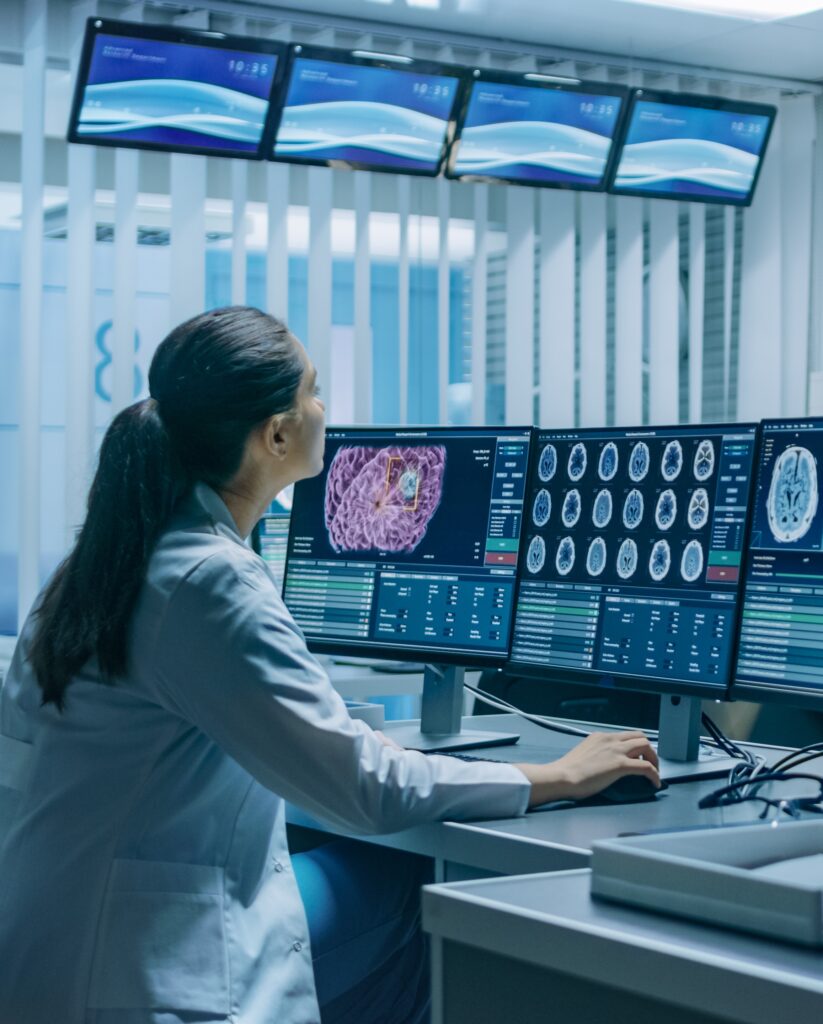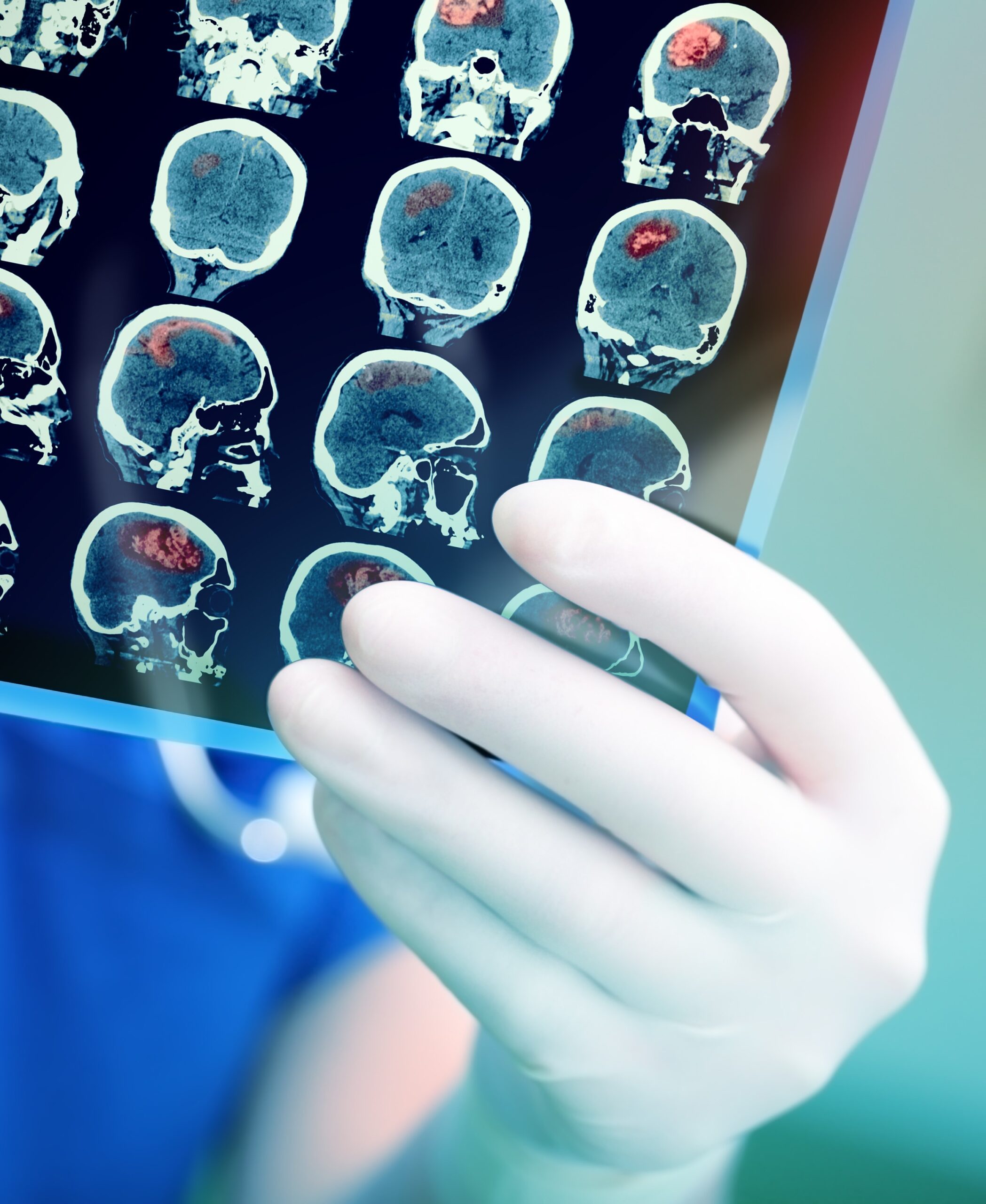We leverage our core expertise in medical image analysis and trial design. By working closely with biotech and pharmaceutical companies to understand their objectives, problems, and challenges, we excel at deploying optimal study-specific analysis and scoring methodologies.
Medical imaging-based biomarkers play a critical role in the early understanding of therapeutic efficacy and patients’ response to treatment. The choice of MRI, CT, PET, or more complex imaging modalities should be specific to the mechanism of action, new treatment manifestations, the timing of the imaging visits, and the desired study outcomes.
When chosen smartly, imaging endpoints can greatly support trial enrichment through patient stratification, provide information of early efficacy and safety, allow to make go/no-go decisions objectively and often predict drug responses at much earlier timepoint.





